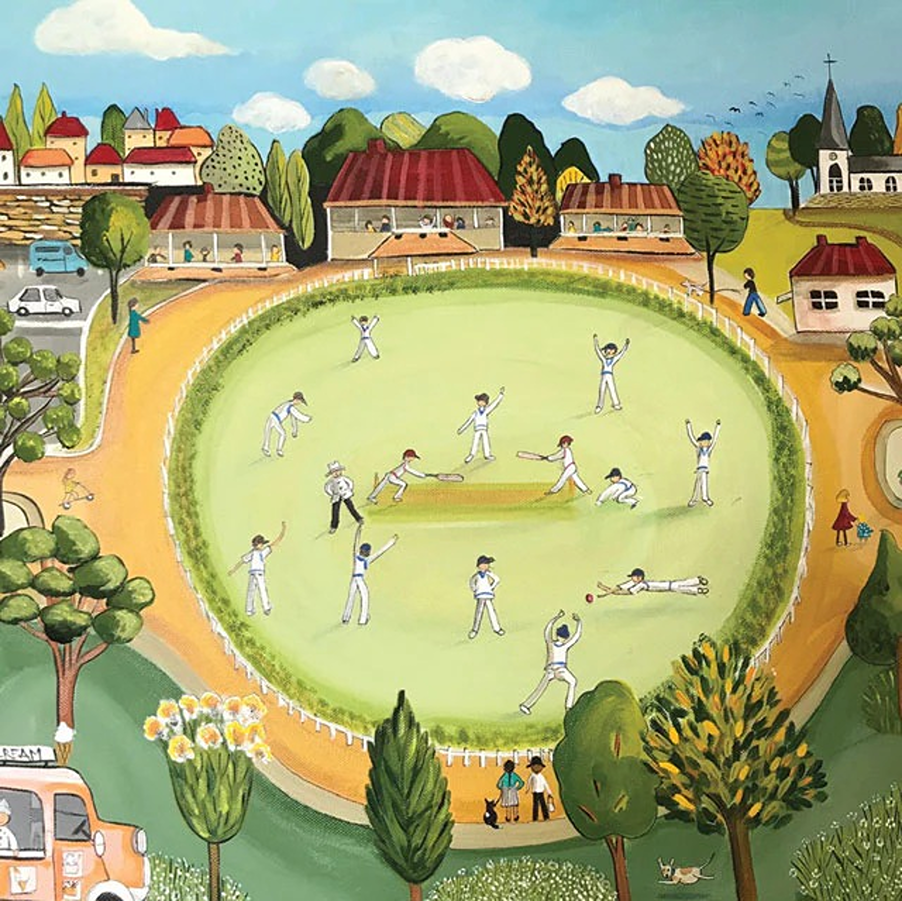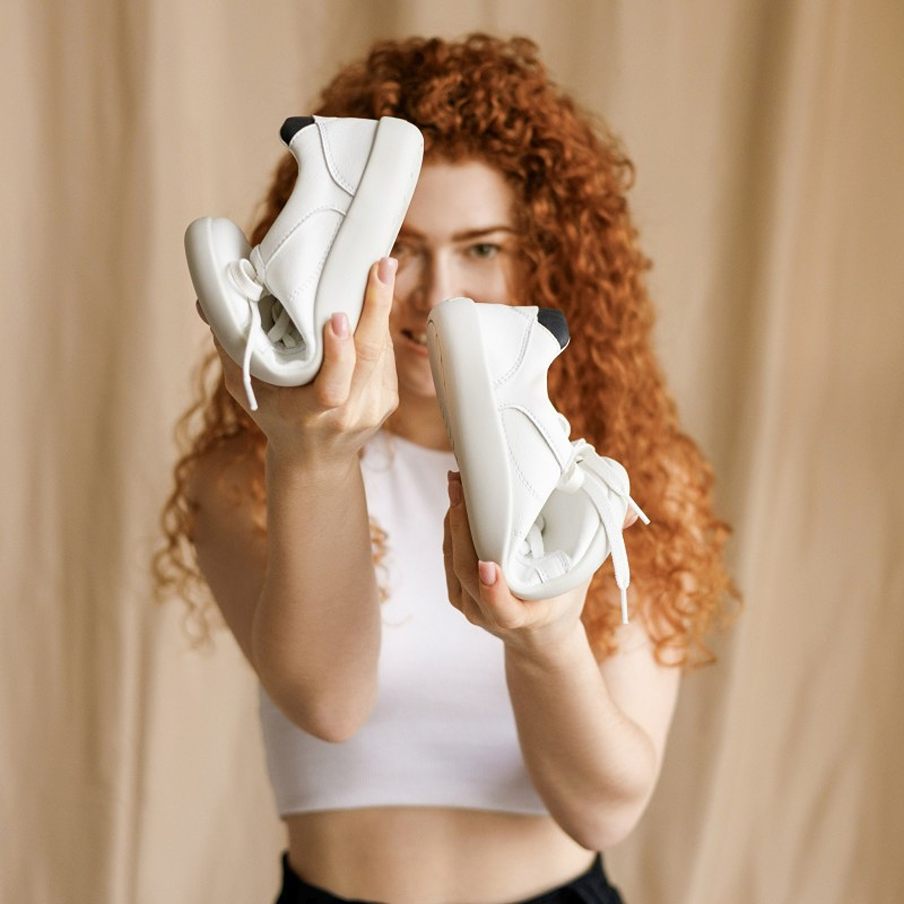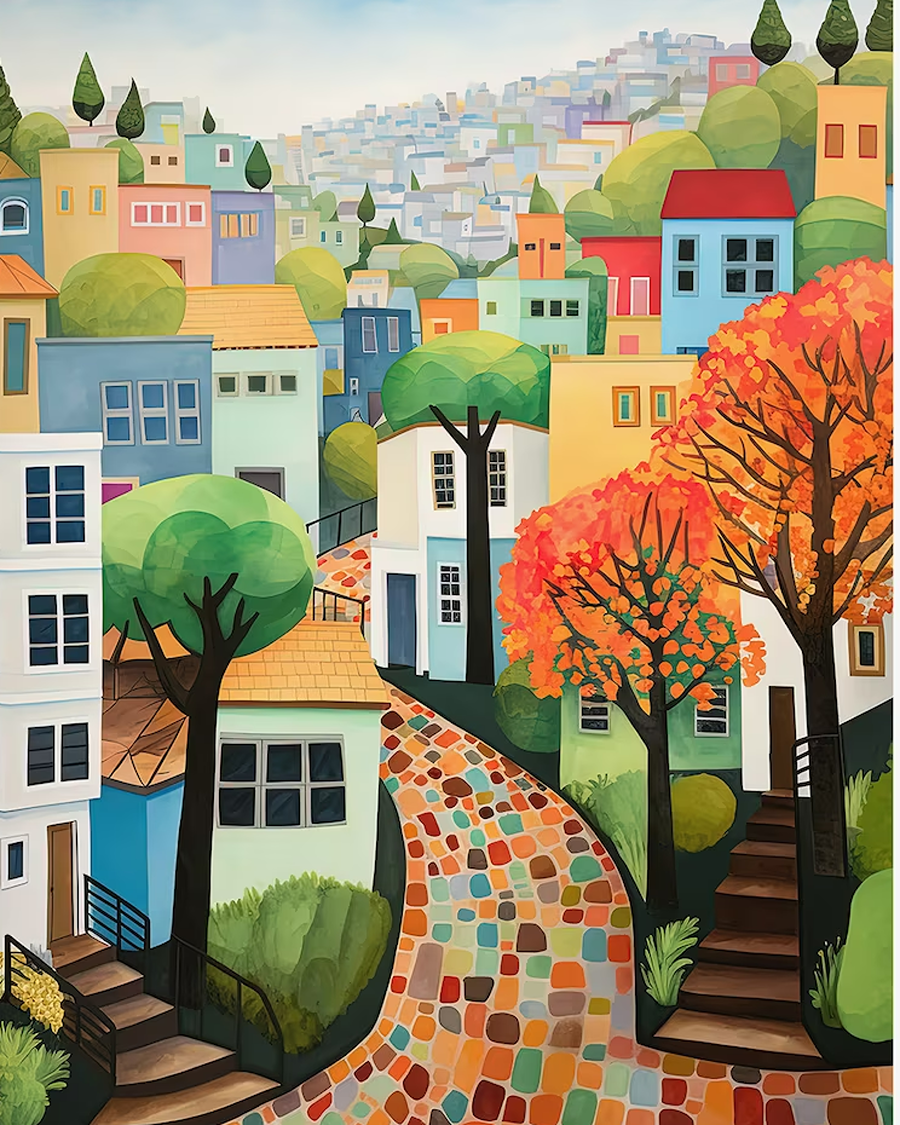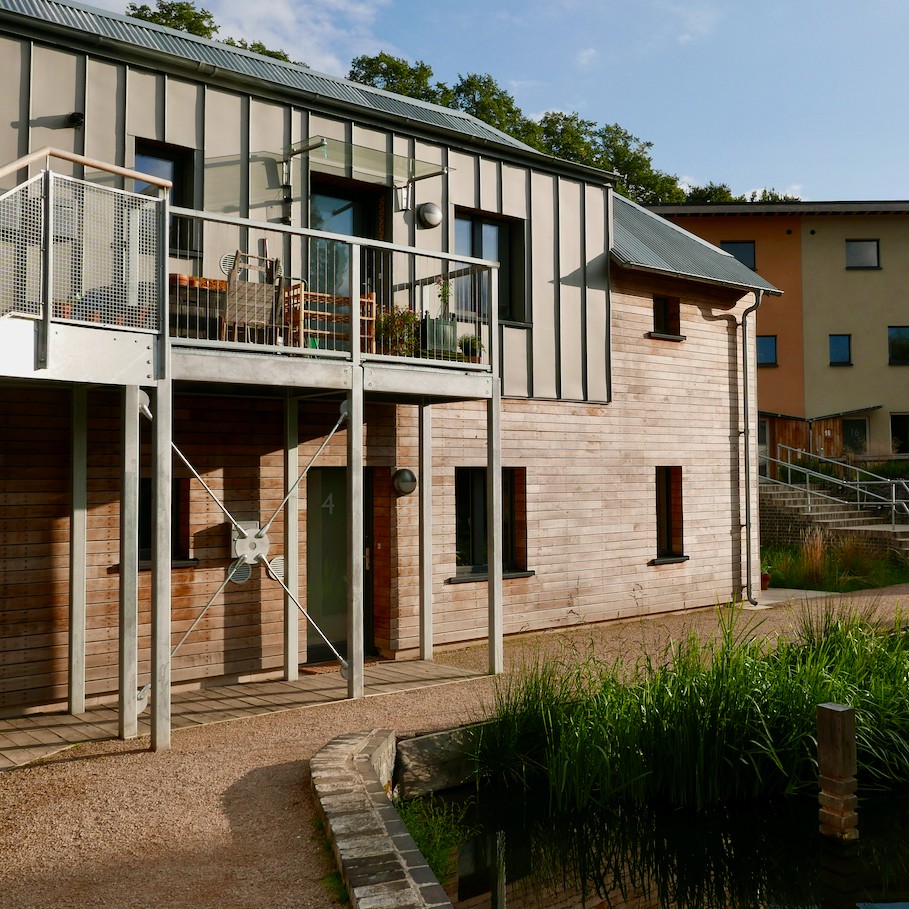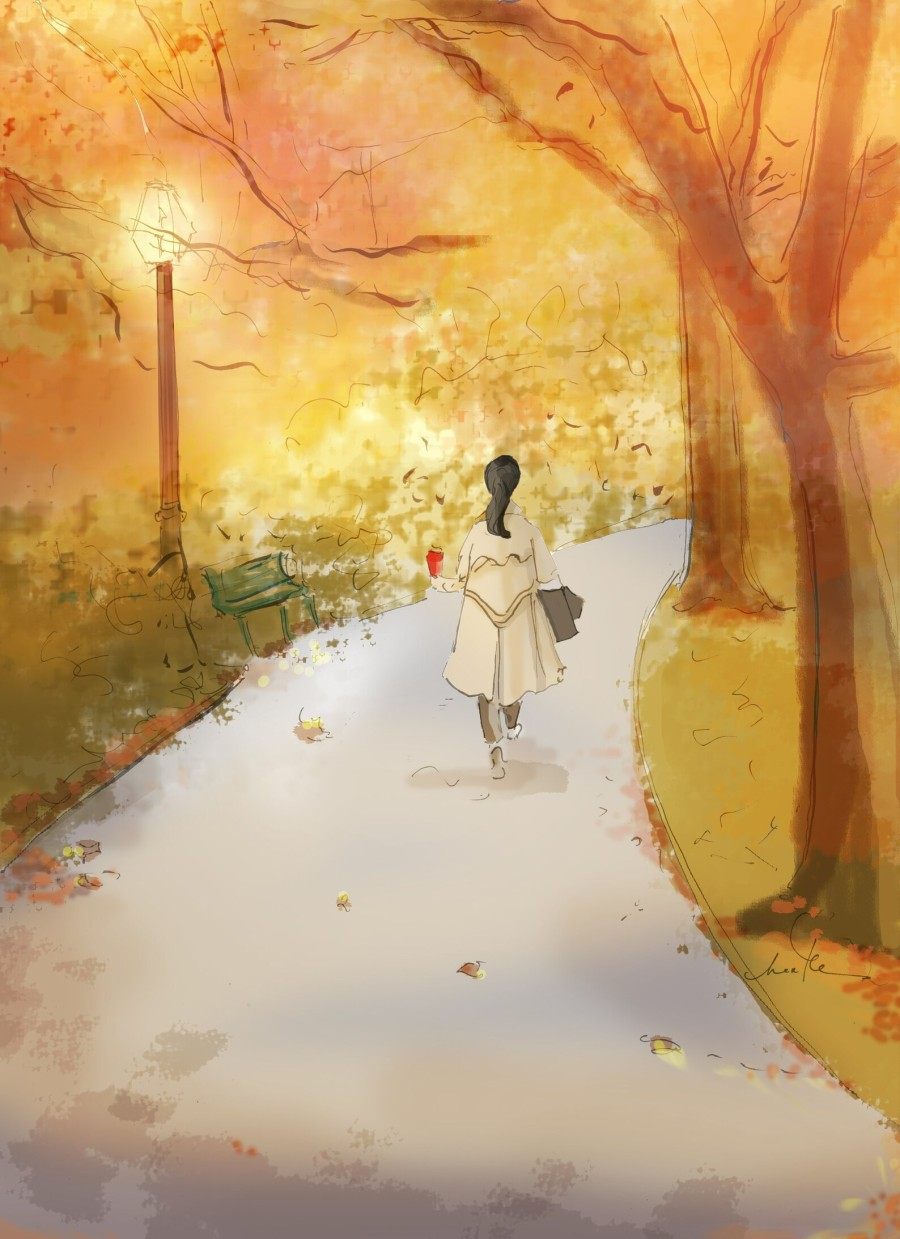
She City is a unique book, which shows how to make cities that are safe for everyone, including women (avoiding dark alleys and unlit spaces). Town planners have responsibility to redesign cities, towns and villages that deter unwanted attacks and lead people to feel safer walking, especially at night. A book for forward-thinking architects or a birthday book for your town council!
Focusing on walkable communites (also good for supporting indie shops) that avoid having to drive out-of-town to shop (females are still paid less generally in jobs, so are less likely to able to afford a car). Focusing on open areas to be seen and good solar lighting (this goes off when not in use, so also good to prevent light pollution that affects wildlife and causes bird window strike near glass buildings especially). Such measures also make cities more pleasant to live.
Despite the west being relatively safe, almost 50% of young women reported street harrassment in the past year, and in France a quarter of all women fear walking alone in public spaces, with many having been verbally harrassed on the street. We all know from the shocking case of Sarah Everard, that women feel less safe, as she was kidnapped and murdered by the very person (a policeman) she thought she could trust (and of course, most policemen are trustworthy).
Women feel much safer if everyone else is walking, along well-lit pavements (that also accommodate prams and pushchairs, and ‘prowlers’ are less likely to lurk, as they would be seen). Quick easy access to public transport is key (no waiting in the dark for an hour for the next bus). Ensuring everything works (like installing modern easy-to-read bus timetables and ensure solar lighting is maintained) is also key. Good cycling routes (with wider side lanes) also helps.
The Economist recently ranked Vienna as the most livable city. Most living areas have beautiful safe open green spaces nearby, all linked to schools, doctors and pharmacies, and there are also good public transport links. All the public parks, pavements and alleys are well-lit. Parks include courts for badminton and volleyball, and there are seats for girls from ethnic minorities (often expected to care for younger siblings) to watch them in playgrounds, while being able to read/chat themselves). Pavements are wider for prams, pushchairs and wheelchairs. Download free reports: designing safe cities for women and travelling in a women’s shoes.
Safetipin lets councils collect information on how to make places safer for women (it automatically clicks photos every 30 minutes at night, and can also be sent info from the personal app users, who can report on how safe they feel on streets, at public transport stations or public toilets. You can also send a tracking request if you feel unsafe, check out nearby safe places to wait for help, find the safetest route out of an area using Google Maps and find support (police, shelters).

